Increased Demand for Automation
The machine vision market in Japan is experiencing a notable surge in demand for automation across various industries. This trend is driven by the need for enhanced efficiency and productivity in manufacturing processes. As companies strive to reduce operational costs and improve quality, the adoption of automated systems equipped with machine vision technology becomes essential. In 2025, the market is projected to grow at a CAGR of approximately 8.5%, reflecting the increasing reliance on automated solutions. Industries such as automotive, electronics, and food processing are particularly focused on integrating machine vision systems to streamline operations and ensure consistent product quality. This growing demand for automation is likely to propel the machine vision market forward, as businesses recognize the value of investing in advanced technologies.
Rising Focus on Safety and Compliance
In Japan, there is a rising focus on safety and compliance within the machine vision market. Regulatory standards in industries such as food and pharmaceuticals are becoming increasingly stringent, necessitating the implementation of robust quality assurance measures. Machine vision systems play a crucial role in ensuring compliance with these regulations by providing real-time monitoring and inspection capabilities. This trend is likely to drive the adoption of machine vision technologies, as companies seek to avoid costly penalties and maintain their reputations. The market is expected to see a growth rate of around 7% annually as organizations prioritize safety and compliance in their operational strategies. This emphasis on regulatory adherence is a key driver for the machine vision market, as it aligns with broader industry trends towards quality and safety.
Expansion of E-commerce and Retail Automation
The expansion of e-commerce in Japan is significantly impacting the machine vision market. As online shopping continues to grow, retailers are increasingly adopting automation technologies to enhance their logistics and inventory management processes. Machine vision systems are being utilized for tasks such as automated sorting, packaging, and quality control, which are essential for meeting the demands of fast-paced e-commerce operations. The retail sector is projected to invest heavily in machine vision technologies, with estimates suggesting a market growth of approximately 9% by 2027. This shift towards retail automation not only improves operational efficiency but also enhances customer satisfaction by ensuring accurate order fulfillment. Consequently, the machine vision market is poised to benefit from this trend as businesses adapt to the evolving landscape of retail.
Technological Advancements in Imaging Systems
Technological advancements in imaging systems are significantly influencing the machine vision market in Japan. Innovations in camera technology, such as the development of high-resolution sensors and advanced image processing algorithms, are enhancing the capabilities of machine vision systems. These improvements allow for more accurate inspections and faster processing times, which are critical in sectors like pharmaceuticals and electronics. The introduction of 3D imaging and hyperspectral imaging technologies is also expanding the applications of machine vision, enabling more complex tasks to be performed with greater precision. As these technologies continue to evolve, they are expected to drive further growth in the machine vision market, with an estimated increase in market value reaching $1.5 billion by 2026.
Growing Investment in Research and Development
Growing investment in research and development (R&D) is a pivotal driver for the machine vision market in Japan. Companies are increasingly allocating resources to innovate and enhance their machine vision technologies, aiming to stay competitive in a rapidly evolving landscape. This focus on R&D is fostering the development of cutting-edge solutions that address specific industry needs, such as improved accuracy and speed in inspections. The Japanese government is also supporting this trend by providing funding and incentives for technological advancements in automation and machine vision. As a result, the machine vision market is expected to witness a compound annual growth rate of around 8% over the next few years, driven by continuous innovation and the introduction of new products that meet the demands of various sectors.


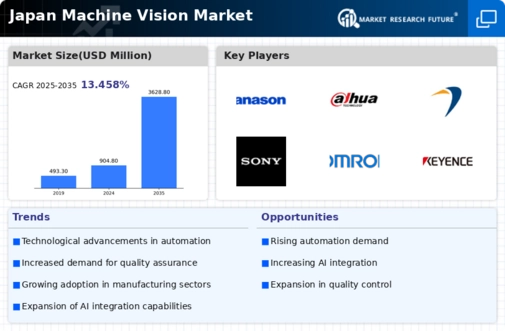
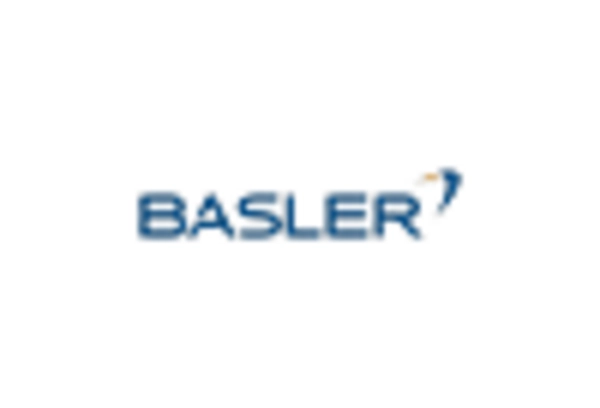
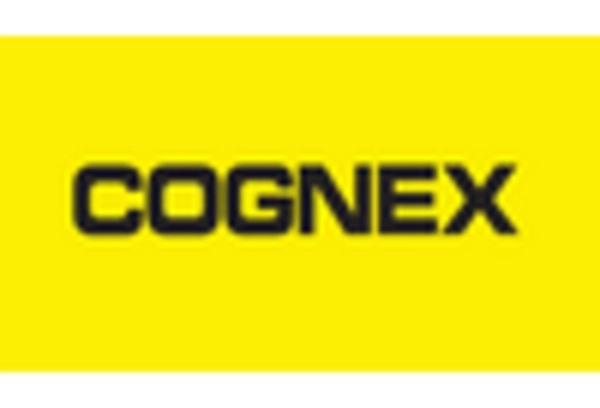
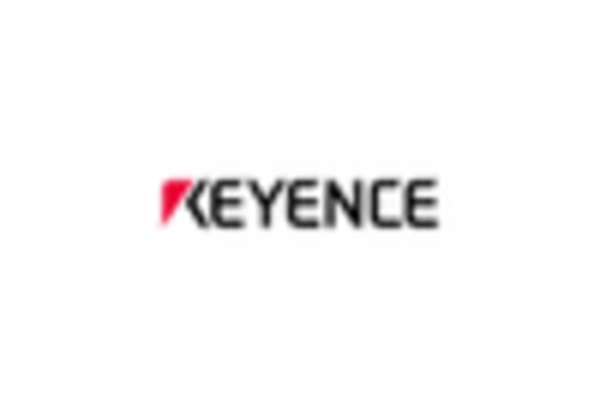
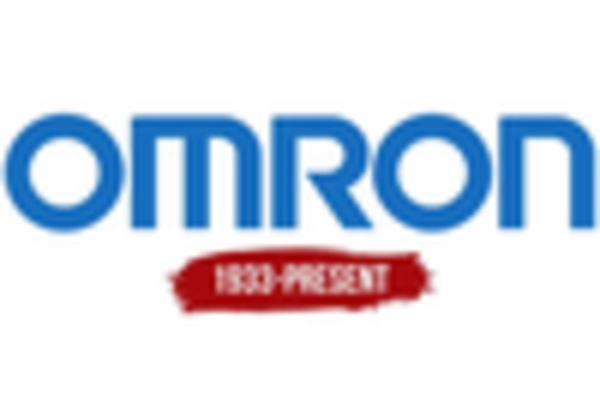
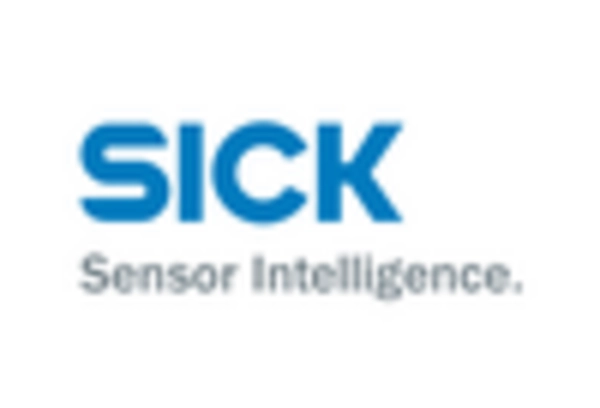
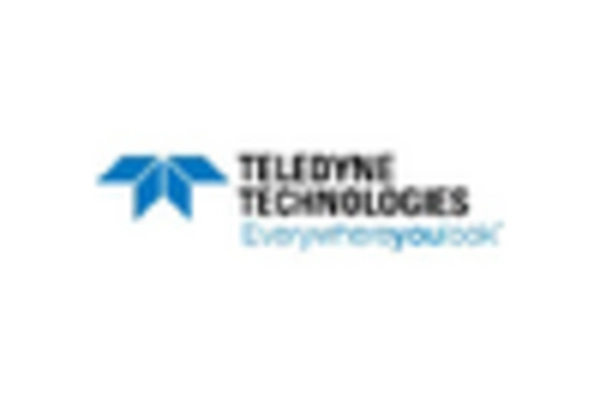








Leave a Comment